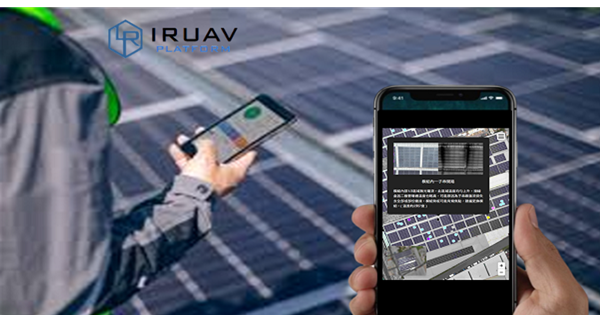Is the IRUAV PLATFORM cloud visualization system useful?

The use of thermal aerial inspections for PV systems has become increasingly common in advanced countries. Some companies now specialize in providing professional thermal aerial imaging and analysis services. In recent years, more and more people in Taiwan have also started using drones for the operation and maintenance of solar systems.
This is a reasonable trend, but at the same time, more and more people are realizing that beyond choosing the right drone and obtaining professional pilot licenses, the analysis and organization of the massive amount of inspection data after the flight is a major challenge. For medium to large-scale PV systems, which typically consist of a vast number of regularly arranged module arrays, thermal image anomalies pose issues in both analysis and accurate localization. When many thermal defects are present, ensuring precise localization can take engineers several days or even longer. In fact, the analysis workload often far exceeds the actual drone flight time. In addition to the challenge of labeling and mapping, the presentation of the results is another serious issue. If there are errors in the system’s module layout diagrams or mistakes in manual labeling and interpretation, on-site personnel may remove the wrong modules, wasting time and resources. Frequent errors can lead to serious dissatisfaction, rendering the thermal aerial inspection results meaningless. Another problem with manual reporting is that the report formats and standards vary depending on the person who creates them. This inconsistency makes it difficult to compare reports from different time periods, resulting in lost opportunities to monitor system degradation or maintenance trends over time.
In summary, introducing AI-based thermal defect analysis helps standardize the inspection process, while using orthophotos for anomaly labeling effectively avoids errors caused by inaccurate module layout diagrams. With this approach, on-site personnel can easily locate abnormal modules using a smartphone, greatly reducing both the error rate and the time needed for troubleshooting. Another major advantage of using orthophotos is that they also record the installation environment of the PV system, which is valuable for analyzing how environmental conditions affect power generation over its 20-year lifespan. The cloud-based visualization system of IRUAV PLATFORM essentially solves all of these challenges. One-click report generation and historical inspection comparisons are built-in functions, and cloud storage allows users to access data anytime. It effectively addresses the pain points of current thermal aerial inspection workflows, and users who have adopted the system have responded positively. We welcome everyone to experience it for themselves.